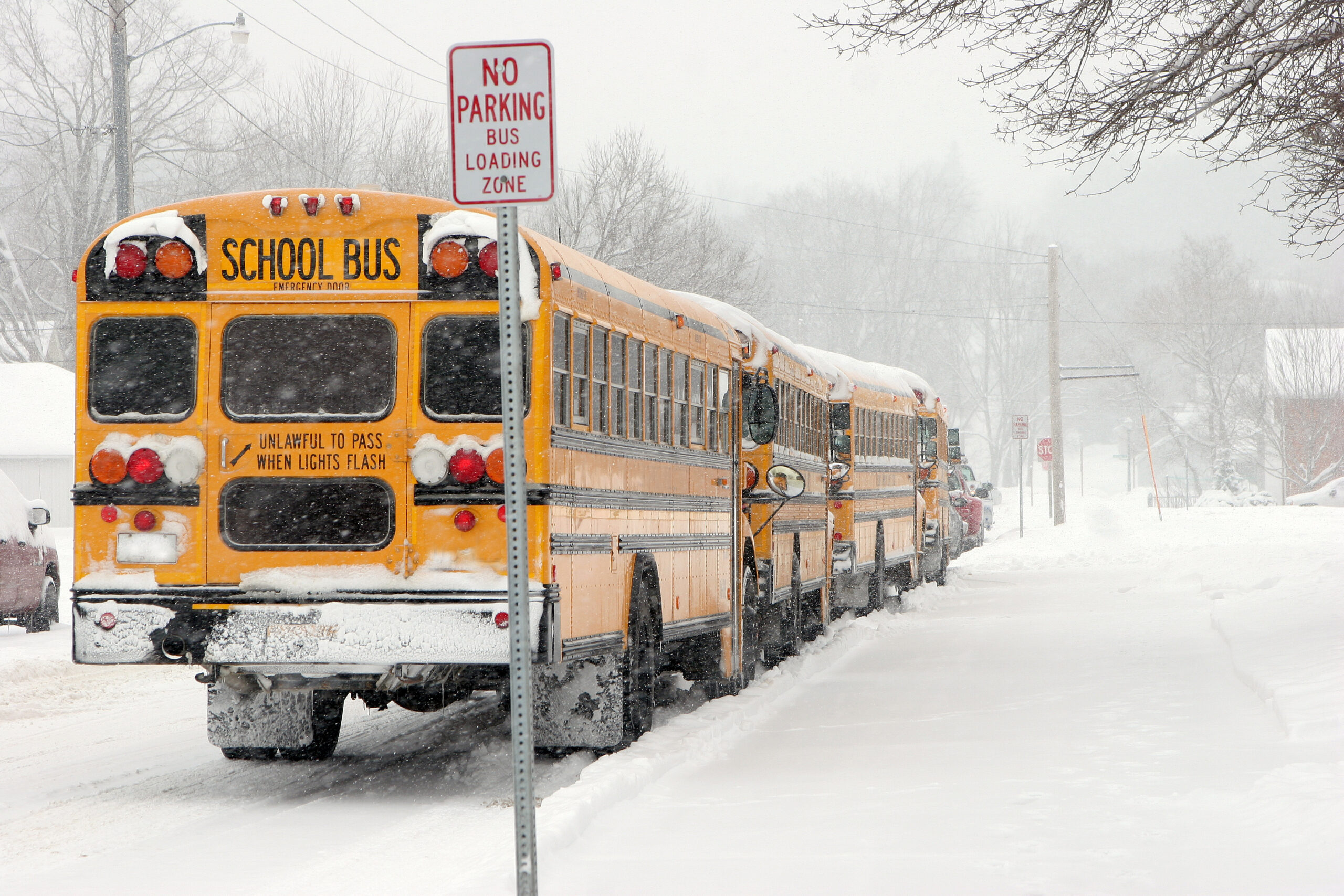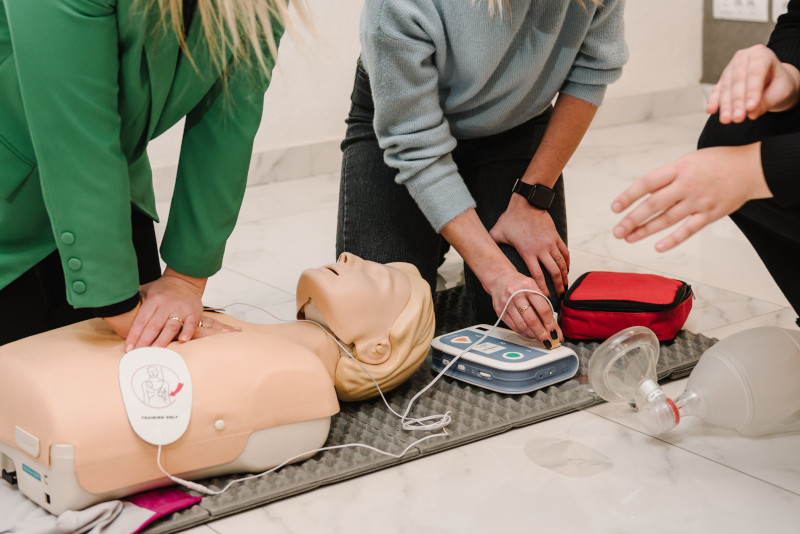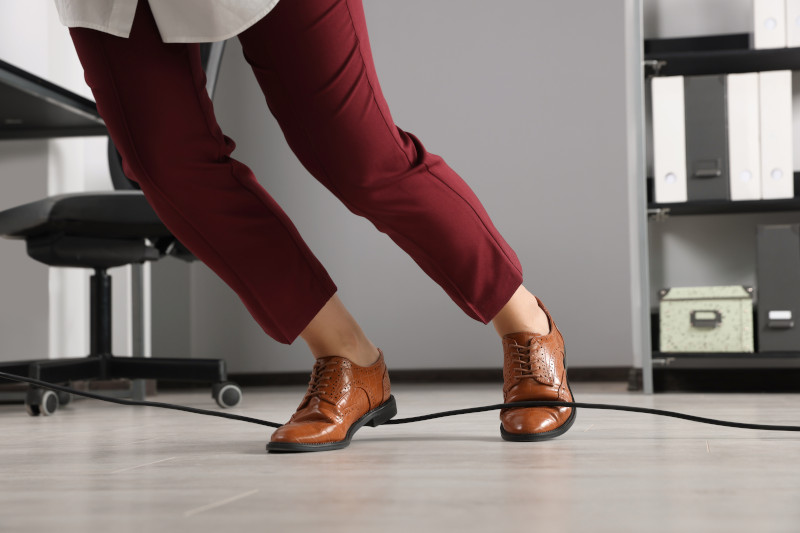Avoid injuries in your parking lot

At any school, the parking lot is full of risks. Any child, staff member or parent could be in great danger if any part of your parking lot is not marked properly, leading to near-misses and crashes. And during this time of year, ice and snow could cause major problems and painful injuries.
The following are some ways you can improve your parking lot’s safety—and tips you can communicate to staff and visitors who frequent your building on a regular basis.
Parking lot safety guidelines
- Conduct regular inspections of your parking lot. Look for cracks, potholes, crumbled paving material or loose gravel, protruding bars, worn or faded visual cues such as parking space striping, or burned-out lights.
- Incorporate as many visual cues into your parking lot as possible. Such cues could include speed limit signs, one-way signs, entrance and exit signs, gates, striping, painted arrows, stop signs, pedestrian crossing signs, flashing signals, ice alert signs, traffic cones, traffic barricades and parking blocks.
- Use speed bumps. Drivers don’t like them very much, but they’re effective in reducing vehicle speeds.
- Use bright paint to highlight elevation changes. Alerting pedestrians to elevation changes in walking surfaces, such as curbs, may reduce the occurrence of trip/fall injuries.
- Dress in bright colors. Bright colors make you more visible to drivers, which can help avoid an accident when directing traffic flow or performing snow/ice removal activities.
Tips for staying safe in the parking lot
While you can’t control the behavior of the people who use your parking lot, you can educate them about how they can avoid injury—especially during icy or snowy conditions.
- Walk with your knees slightly bent in icy conditions. Take slower, shorter strides to increase traction and maintain balance to reduce your risk of falling.
- If you feel tightness or pain while shoveling snow, stop. Two minutes of shoveling snow can result in heart rates higher than those normally recommended during exercise.
- Try not to carry too much when there’s snow or ice on the ground. You can more easily balance yourself when you have your hands and arms free.
- Use the proper footwear. Make sure your boots or shoes have rubber soles and can maintain traction while you are walking into the building. Once you are in the building and work area, you can change into other shoes if you like.
Most parking lot injuries are completely avoidable—if you take the proper precautions.
For more tips on parking lot safety, check out these risk management resources.




